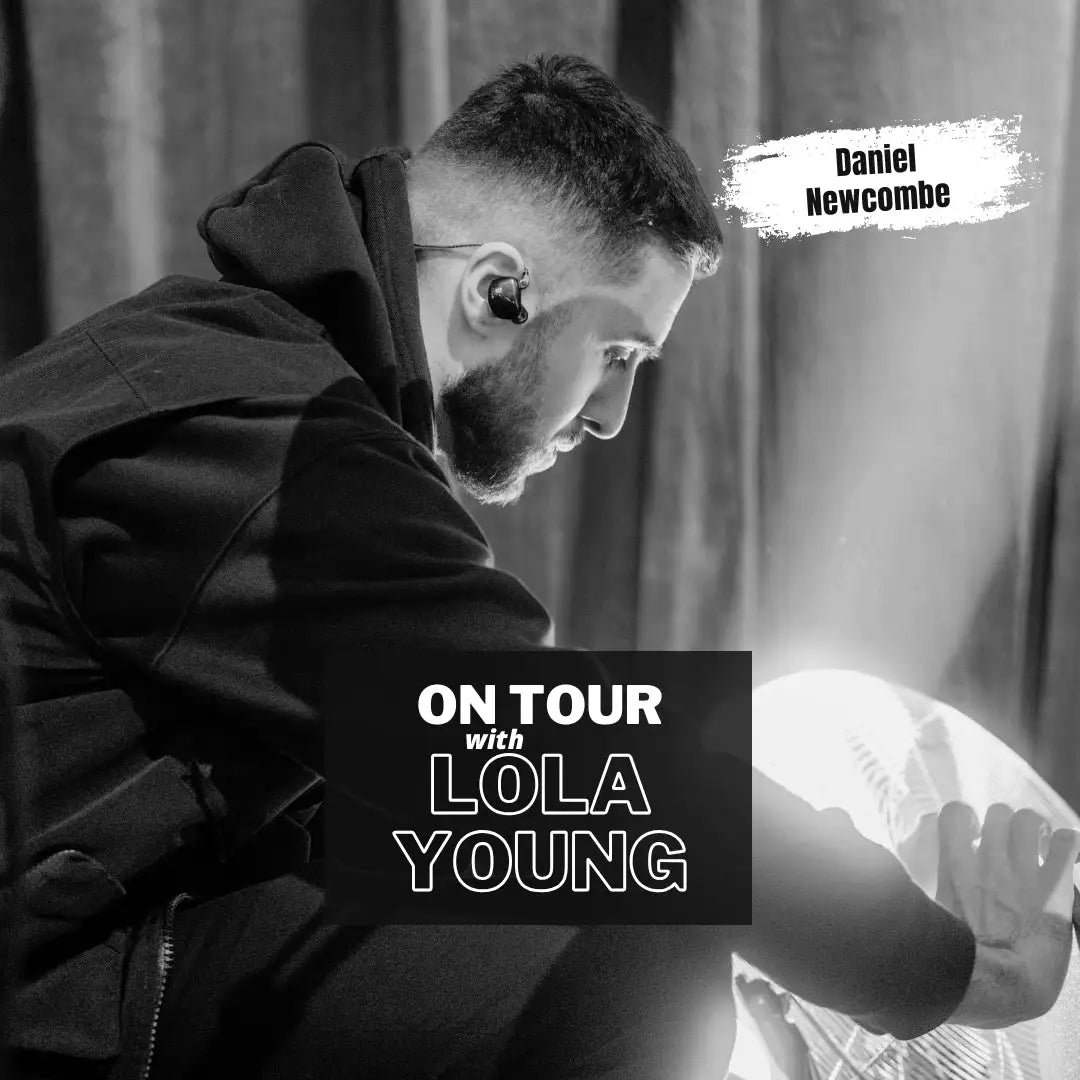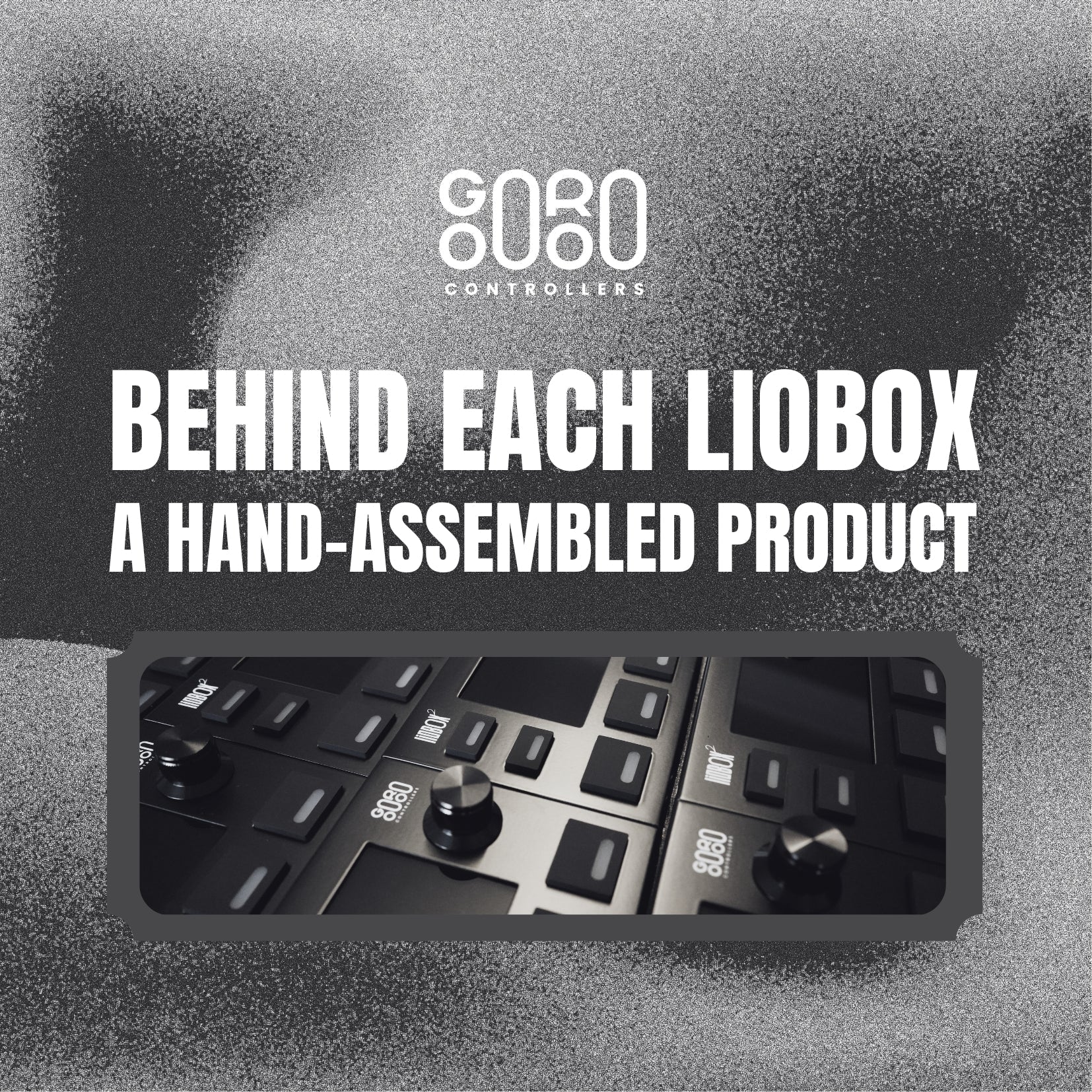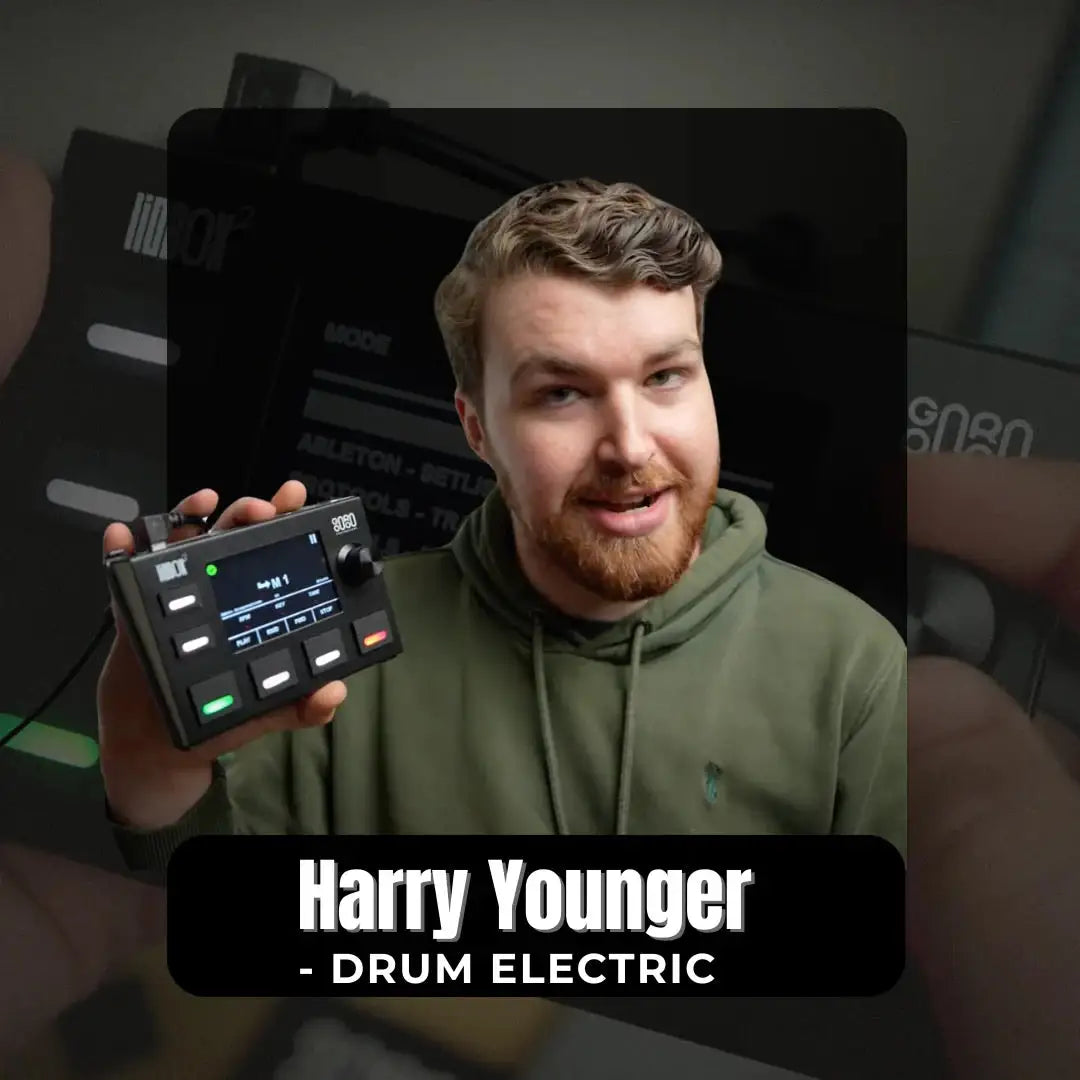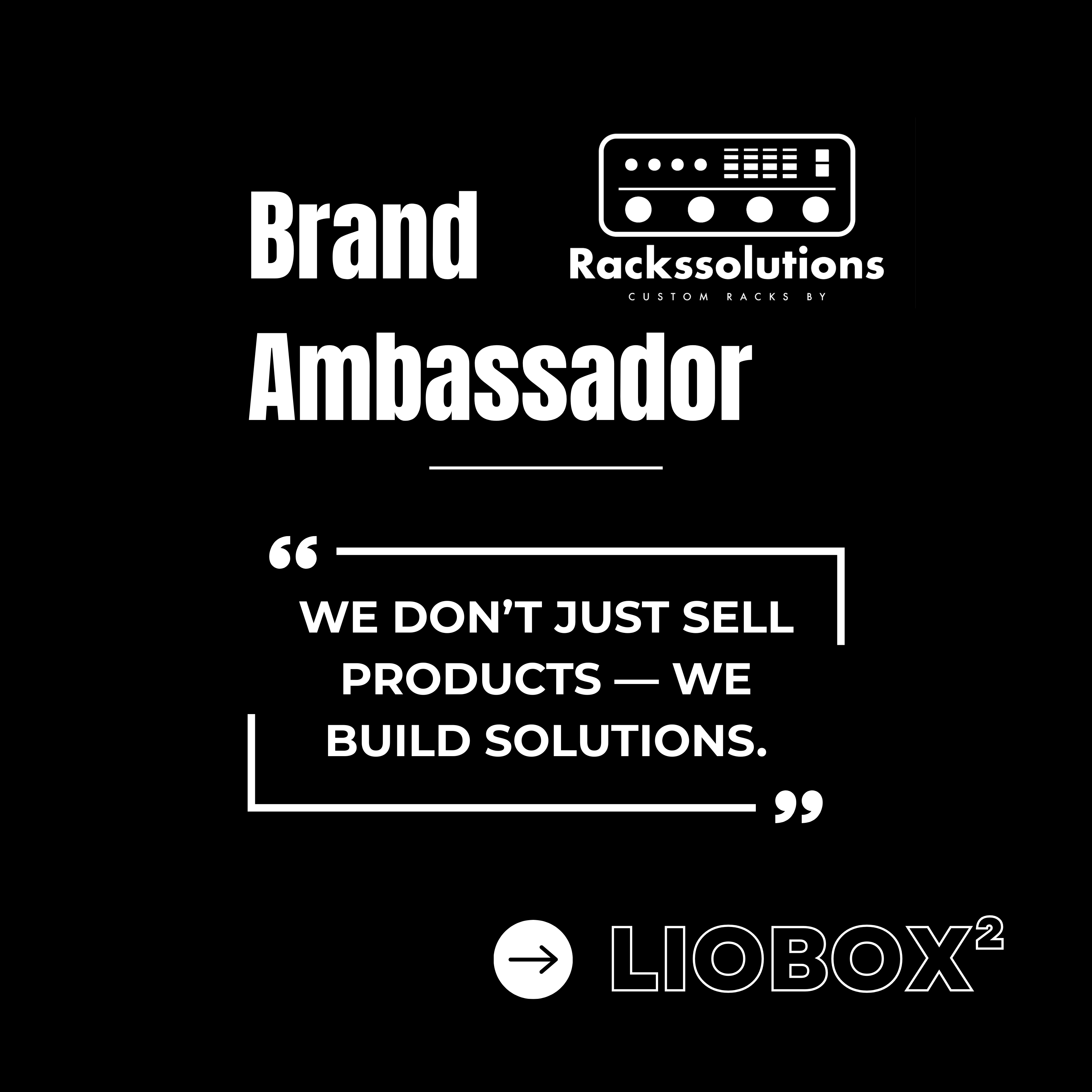We had the chance to interview Daniel Newcombe, Musical Director, Playback Tech and Producer. He shares insights from his journey, gave us a behind-the-scenes look at Lola Young’s current tour, and offered valuable advice for anyone aspiring to enter the live music industry.
"Hi, I'm Daniel Newcombe, and I'm a Musical Director, Playback Tech and Producer.

I’ve always loved live music. I grew up playing drums and keyboard in church, then as a teenager played in a band, which led to my first professional work as a session musician. Beyond my primary instrument, I paid a lot of attention to the details, layers and dynamics that go in to a live performance. Although I didn’t realise at the time, the creation and co-ordination of these details is the foundation of a Musical Director's role.
The roles of Musical Director and Playback Tech can often overlap. For me, both are positions built around serving an artist well, taking care of musicians, and contributing to a smooth running show.
One of the biggest challenges in transitioning from musician to MD has been managing expectations. Whether from the artist, management, or musicians themselves, I had to learn to take onboard feedback, not take things personally, and try to keep the bigger picture in focus, even when zooming in on small details.
On Lola Young’s current tour, we use Ableton for live playback, MIDI, and timecode. Our playback audio content is minimal, thanks to our excellent band on stage. We use a lot of MIDI for patch changes to all of our keyboards, guitar pedals, and SPD. Timecode is picked up by audio, lighting, and visual departments to run their programming. I also get a return on Lola’s live vocal mic where I’m operating some delay effects and throws inside of Ableton, which is fun. We don’t use any AutoTune on the show.
The LIOBOX is essential for me on every show, as we have some playback cues that will take place mid-song, as well as looped sections.
Knowing that I can trust the solid build of the LIOBOX gives me peace of mind when we’re live!
I also find the control wheel extremely helpful to fly through our setlist, whether I need to trigger patch changes, line check scenes, or fire a last minute addition to the show.
I use the V2 on some other shows that I am on, and for Lola’s show we are transitioning to the V2 from the V1. With the V2 and the companion software, I’ve found it really easy to map custom MIDI commands from the LIOBOX to Ableton.
The ease of use and customisability is excellent.
From a technical standpoint, we network between the PlayAudio 1U and a MioXL on stage, to allow for plenty of MIDI I/O. During the show, I’m often on my talkback mic to the bands’ ears to give them a heads up on the next song, or if we’re going to loop or reprise a section. I’ll follow Lola’s cues with regards if she wants to speak to the audience or keep things moving.
We use a lot of analog gear on Lola Young’s show, especially synths and guitar pedals. Naturally they can behave differently day to day, so we have to be attentive to that. In terms of playback and MIDI, we work with a company called FullFat for our builds, which are always reliable day to day - this frees me up to focus on the dynamic elements of the show.
It’s really exciting to be a part of a growing project with such a good team, and naturally larger performances can invite more pressure. However, I often say to the band, whether it’s a club or stadium show, we’re still just playing music. We’re here to put on a show and deliver a memorable experience to the audience. As a crew we do all we can to take care of one another and lend a helping hand when needed.
A memorable moment for me was working with HONNE as Musical Director on their ‘OUCH!’ album tour. Our first show was at the Formula 1 Grand Prix in Singapore. I would have much preferred to start out with a small club gig to settle in to this new show, but we started with an audience of 50,000 and went from there. Similarly, my first show with Lola Young was BBC Radio 1’s Big Weekend festival, tens of thousands of people, live on TV…no pressure!
Preparation and consistency is key.
I always want to ensure that anything I’m taking care of is working correctly ahead of our line check so that no one is waiting around for me. I keep every possible song or patch change in our Ableton setlist so that I can launch them quickly in the event of last minute changes. I am very meticulous in how I organise and colour code our Ableton sessions, which makes life easier in busy rehearsals or shows.
I feel like the roles of backline tech and playback tech are becoming better defined and understood across our industry, which is great. Naturally there is a lot more technology involved than in years gone by, which can serve so many unique creative ideas. I think that the role of playback tech will continue to evolve from just ‘pressing play’ on tracks to becoming a musically dynamic part of the show, which is exciting.
I think the requirements of a touring crew member has grown beyond just technical or musical skill, and the desire for people who are nice to be around, patient, and professional is commonplace.
I would advise people wanting to get into the profession to try to hone those personal attributes, such as being reliable, organised, and communicating well.
There is always more to learn, which ultimately helps our own careers as well as helping those we work with."
- Daniel NEWCOMBE






